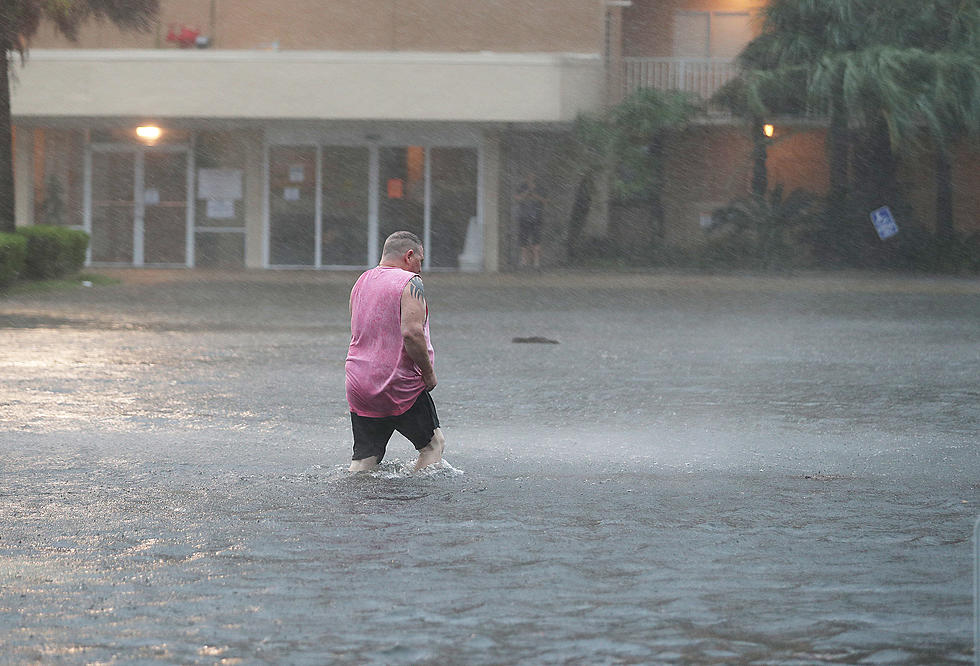
‘Life-Threatening': Forecasters Concerned Over 2024 Hurricane Season’s Impact on Louisiana, Gulf Coast
LAFAYETTE, La. (KPEL News) - In the wake of a recent forecast from the University of Colorado about this year's hurricane season, several more forecasters are sounding the alarm. It looks like this could be a very active, and very dangerous, year for the Gulf Coast - including Louisiana.
With warmer sea temperatures, a favorable La Nina, and historical data showing things could get bad, some are calling it a crisis.

Last week, the University of Colorado released its annual forecast for the hurricane season, which traditionally begins on June 1.
CSU is predicting 23 named storms, 11 hurricanes, and five major hurricanes. Their early forecast last year was substantially smaller - 13 named storms, 6 hurricanes, and two major hurricanes.
"We anticipate that the 2024 Atlantic basin hurricane season will be extremely active," CSU wrote in its 2024 forecast. "Current El Niño conditions are likely to transition to La Niña conditions this summer/fall, leading to hurricane-favorable wind shear conditions. Sea surface temperatures in the eastern and central Atlantic are currently at record warm levels and are anticipated to remain well above average for the upcoming hurricane season."
In contrast, the only hurricane to make serious landfall in the U.S. last year was Hurricane Idalia, which made landfall in Florida in late August.
"This forecast is of above-normal confidence for an early April outlook," CSU noted. "We anticipate a well above-average probability for major hurricanes making landfall along the continental United States coastline and in the Caribbean. As with all hurricane seasons, coastal residents are reminded that it only takes one hurricane making landfall to make it an active season. Thorough preparations should be made every season, regardless of predicted activity."
The website Axios is reporting now that other forecasters are just as concerned.
Barring surprising changes, Americans should prepare for a potentially expensive, damaging — and life-threatening — Atlantic hurricane season.
[...]
Stunning stat: According to Brian McNoldy, a meteorologist at the University of Miami, this will be the first year on record that the average temperature of the North Atlantic Ocean basin failed to fall below 20°C (68°F) for an entire year.
- And waters in the "Main Development Region" of the Atlantic, where many notorious storms form, are already at levels traditionally consistent with July.
The CSU forecast, as well as the other warnings from around the meteorologist community, is in line with a report from AccuWeather earlier this year. The organization warned of a "super-charged season" in store for the tropics.
"The current El Niño pattern that is in place is forecast to transition into a La Niña pattern during the second half of the hurricane season," AccuWeather Chief Meteorologist Jonathan Porter said.
According to AccuWeather, La Niña patterns typically "lead to more tropical storms and hurricanes in the Atlantic due to reduced wind shear, or disruptive winds high in the atmosphere."
That could easily mean bad news for Acadiana, and not just along Louisiana's coast.
Several of the deadliest and costliest hurricanes in Louisiana history occurred along similar conditions in the Atlantic and in the Gulf of Mexico.
LIST: 10 Deadliest Louisiana Hurricanes
Gallery Credit: Rob Kirkpatrick


